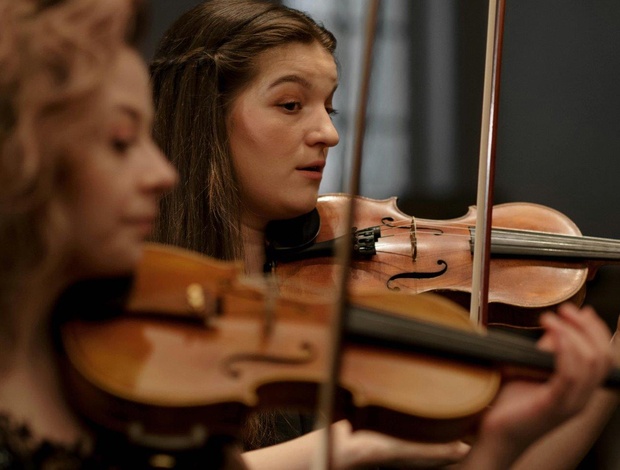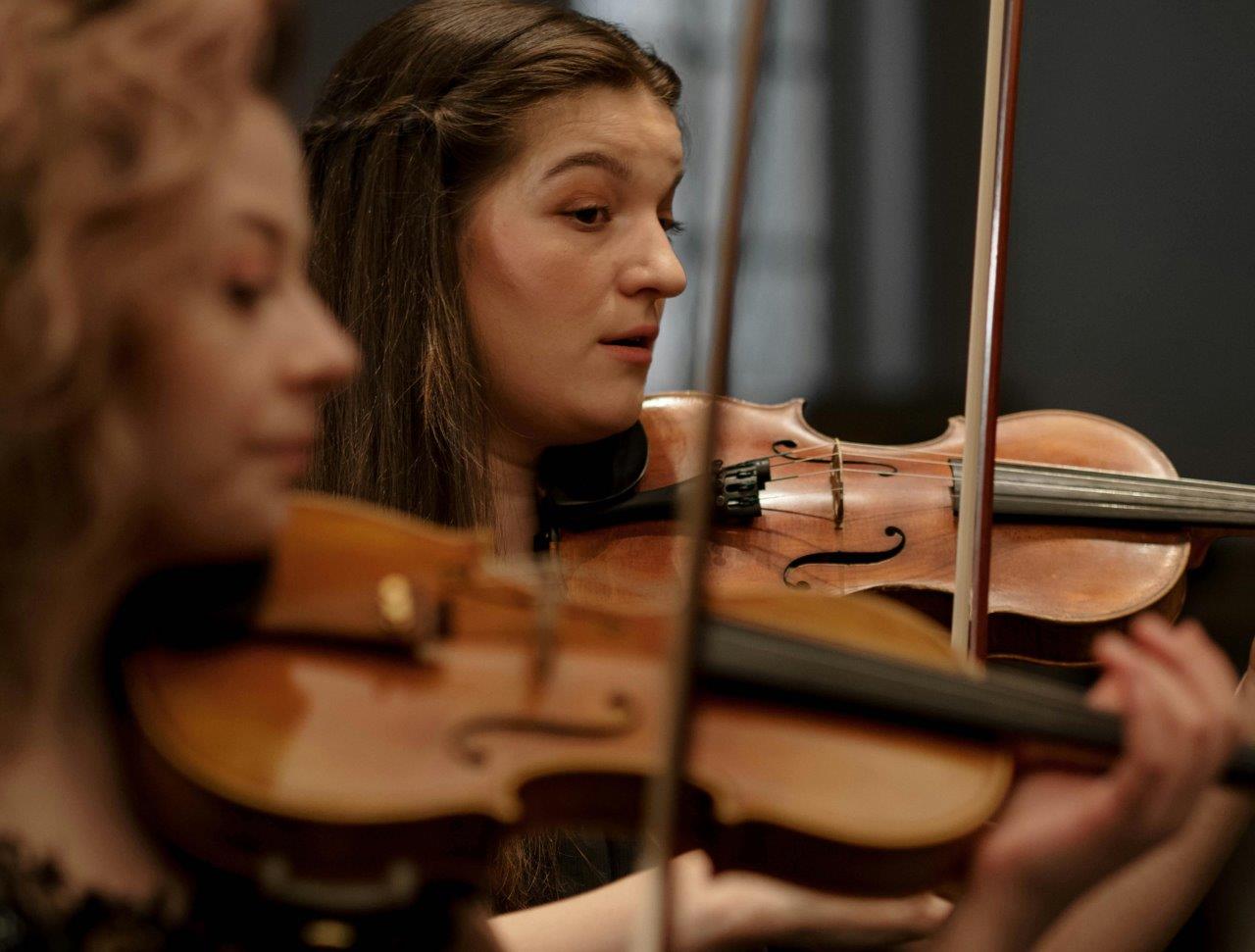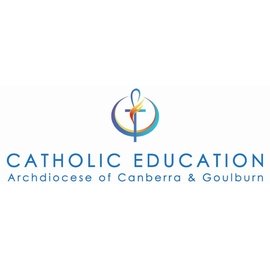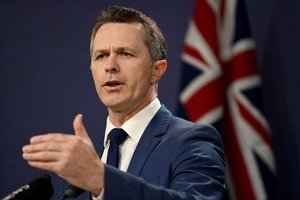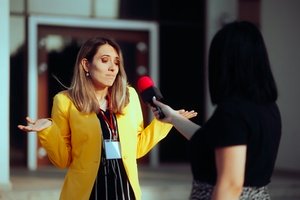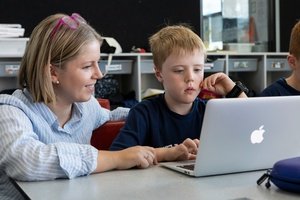The makers of Australian documentary film Mozart’s Sister have joined forces with groundbreaking new platform MusicApprentice in seeking to bring to life the vision outlined in the University of Technology Sydney’s Loble Report to bridge both the educational and digital divides in schools, using accessible digital tools and inspiring content to support teachers and students across the country.
Professor Leslie Loble AM’s research shows how AI-powered edtech can help overcome entrenched education disadvantage – challenges which have proven resistant to policy and program efforts.
Mozart’s Sister, released in 2020, tells the story of Maria-Anna Mozart, the lesser-known sister of Wolfgang, who was herself a child prodigy performing across Europe before being pushed into obscurity, because, as a young woman at the time, she was expected to marry and abandon her music career.
The film’s director, Madeleine Hetherton-Miau, believes that stories like Maria-Anna’s can inspire a new generation of musicians, however, due to a lack of easily accessible, curriculum-aligned materials rich resources are often underutilised in classrooms.
“Films have the power to connect and inspire students, but without resources that align with curriculum needs, they are often challenging for teachers to integrate,” Hetherton-Miau says.
“By partnering with MusicApprentice, we are able to offer a free study guide for Mozart’s Sister that any teacher can use...”
Max Holzner is co-founder of MusicApprentice and chair of the Music Teachers’ Association of NSW. He says the platform has generative AI capabilities which allow formative assessment and, critically, is aligned to the curriculum.
“With Mozart’s Sister, it’s actually looking at subjects to do with history, media studies and music about the film, and exploring concepts and themes, whether they’re in music or within history,” Holznner tells EducationHQ.
“And it allows wonderful report generation from the teacher’s perspective, and of course they can assign resources to all of those sorts of things, which are quite standard with learning management systems.
“But from the students’ perspective, it facilitates whole learning paths so that they see their strengths and weaknesses … the software [is] adaptive and it’s learning.”
And on top of that, he says, it has the capability, using real and natural language, for students to be able to write extended responses to questions or mock papers, and be given instant feedback that is valuable and accurate.
“It has been a wonderful opportunity with the rollout nationally of a great film to do something that’s really important, particularly the messages in the film, that we have the opportunity to use this study guide as a showcase for what really is possible from an AI perspective.”
Importantly, the film very much examines how the draconian attitudes that prevailed during Nanneri Mozart’s time condemned her to a lesser life, and reminds us of the importance of championing women in music now.
“It’s a beautiful film,” Holzner says.
“It looks at issues of gender enlightenment and challenges a lot of assumptions, but then uses that to reflect, in a way, back on the reality of our situation today, and in particular, in music and the arts.”
Sadly there are areas that are still very male-orientated or dominated. Statistics suggest less than 10 per cent of classical music performed by contemporary orchestras is from women or diverse composers.
“If one drills into areas like conducting, I mean, goodness me, we have some very famous exceptions, like Simone Young, who’s now the new chief conductor here with Sydney Symphony, but it’s a very male dominated industry,” Holsner laments.
With strategic partnerships already in place with the Music Teachers’ Associations in Victoria, Queensland, and Western Australia, and having been robustly piloted at several schools, including Abbotsleigh on Sydney’s north shore, Trinity Grammar School in the city’s inner west and The King’s School, MusicApprentice is supporting teachers across Australia with resources designed to meet both digital and educational needs.
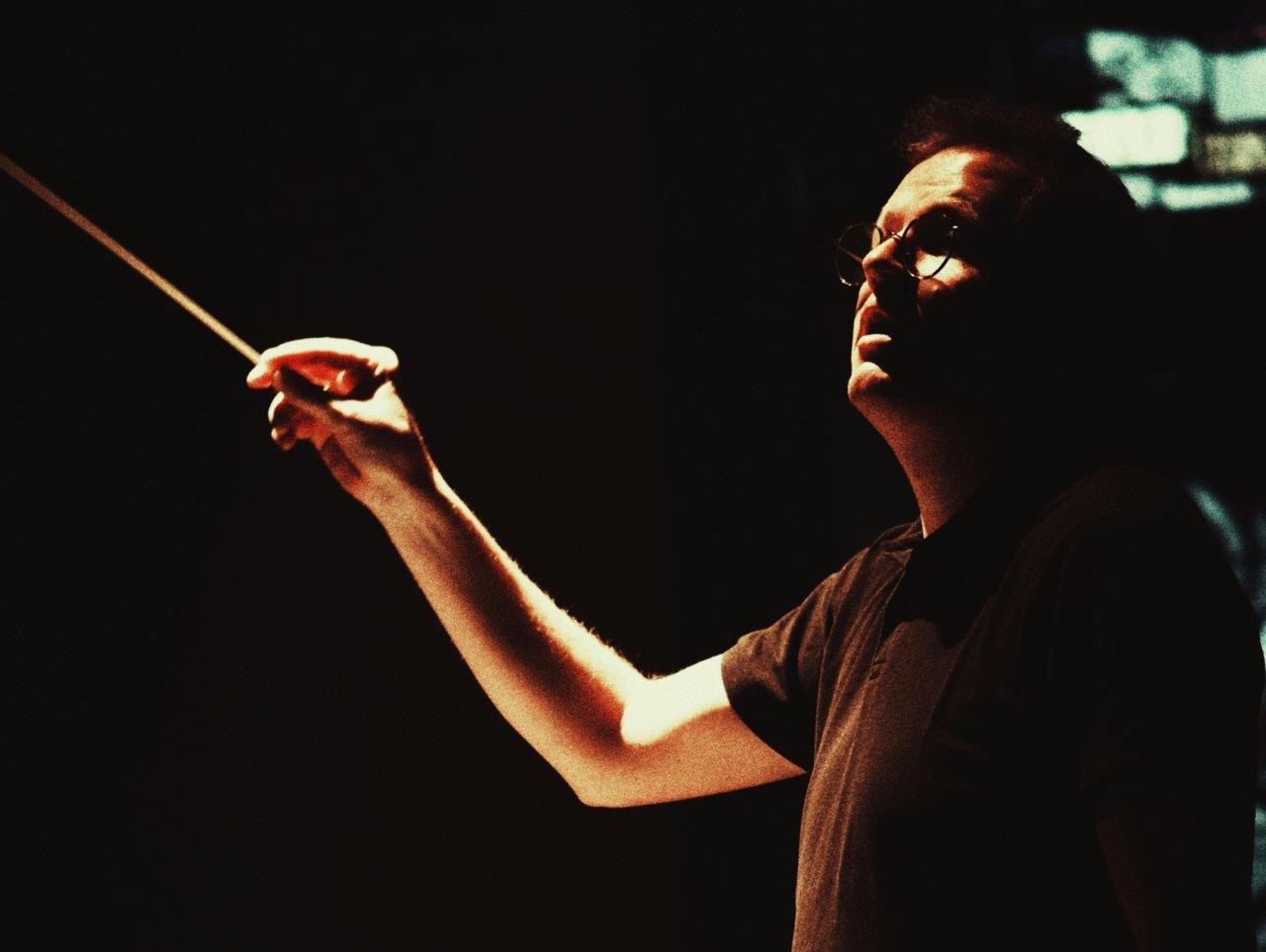
Statistics suggest less than 10 per cent of classical music performed by contemporary orchestras is from women or diverse composers.
While those schools aren’t necessarily the target of the software, Holsner explains, they’re agile enough and believe in the value of music education so were willing to work to the terms of reference and assist with the development, trialling and the testing of the product.
Lobie’s report about the learning chasm in Australia deepened by unequal access to digital technologies suggests that within the Australian context, drawing from solid research in the United States, generative AI, when used effectively and responsibly and governed appropriately, and with supportive teachers, can be hugely advantageous.
“It’s not a ‘magic bullet’, and they’re Professor Lobie’s words, but it has been shown to be incredibly efficacious in many circumstances with assisting teachers and students and dealing with issues of access and the digital divide,” Holzner says.
As with many advanced learning resources, cost can be a prohibitive factor, something Holzner is hoping won’t derail the success of the platform.
“…it’s a good question. I mean, the issue of pricing is something that we will need to work out in due course, and we’d love to be able to partner with other organisations or even government at various levels to the extent that that could even be possible.
“…that’s the beauty about software, it shouldn’t necessarily be prohibitive.
“We have quite a social mission about it. Yes, it is for-profit as well, but we’ve seen quite a few products out there, that obviously we don’t think cut the mustard, but are prohibitively expensive, so we’d love to get this product out to as many schools and teachers and students as possible in the coming months.”
Dr Emily Dollman, head of music education and pedagogy at the University of Adelaide’s Elder Conservatorium of Music, told EducationHQ last year that the rapid development of the neuro-musical field of research over the past 20 years has enabled understanding of the significant benefits of music towards physical, cognitive, and socio-emotional child development.
“Sustained, high quality music education can also improve the cognitive function of children and increase their wellbeing,” she said at the time.
Earlier this year a report revealed that a failure to prioritise ITE music education is meaning thousands of new teachers are ill-equipped to meet curriculum requirements in the subject.
The Fading Notes: Music Education for the Next Generation of Primary Teachers report found the average music education training hours at Australian universities fell from 17 in 2009 to eight by the end of last year.
“And it’s at a time that research is just piling up that shows [music] is one of the most effective, powerful and cheap interventions, educational interventions, with huge effects on the brain,” Holzner says.
“…and a few months ago, funding in New South Wales, for instance ... was slashed."
He says it’s really a self-fulfilling prophecy and hard data from Music Education: Right From The Start in particular, just shows that the way in which it’s been eroded.
“... if we have teachers and principals who aren’t trained in music, well then, they’re less likely to implement music and teach it. This is part of the problem.”

